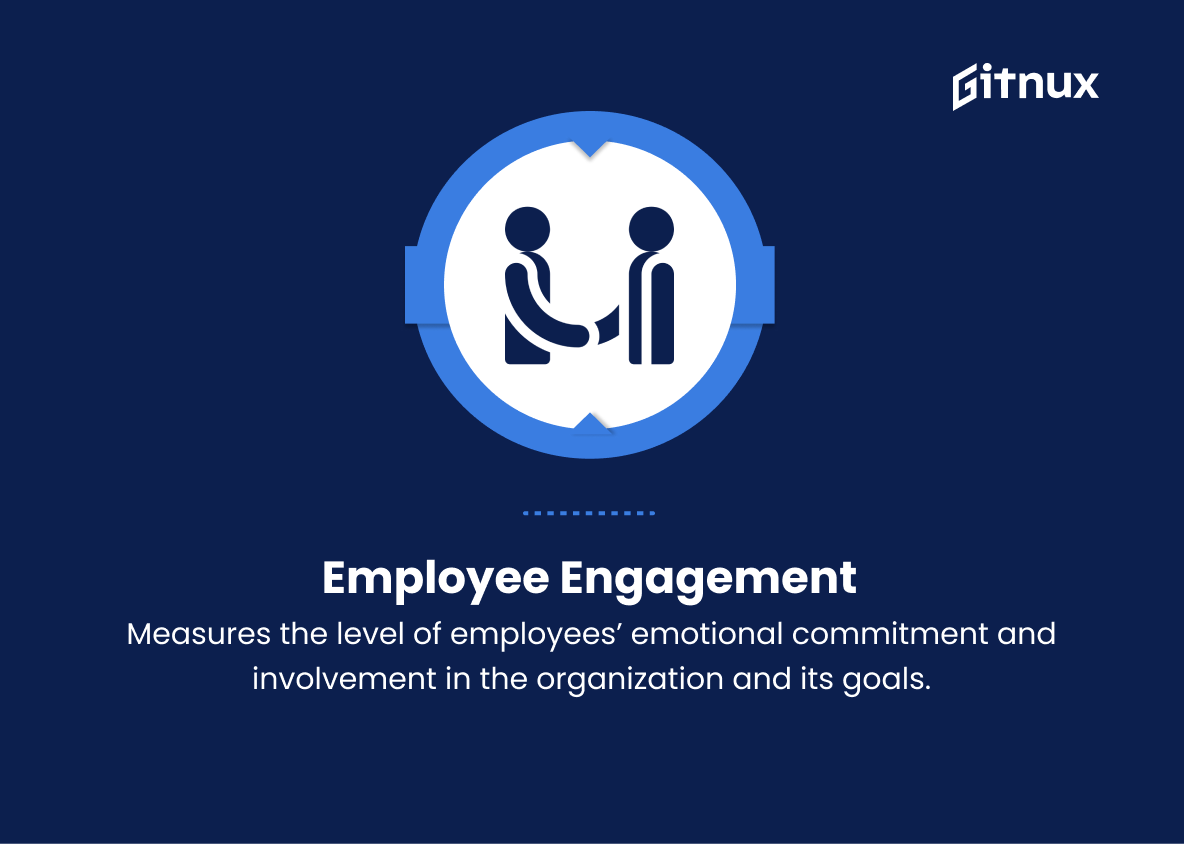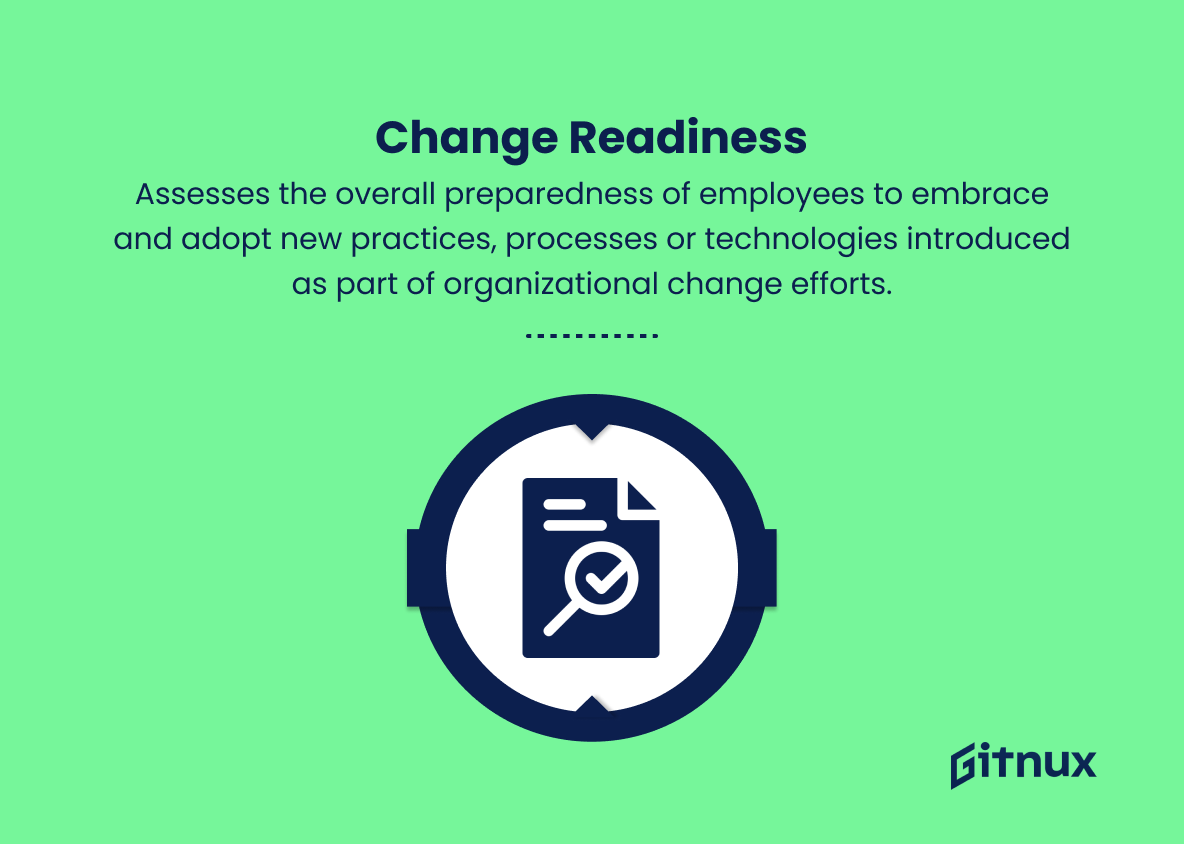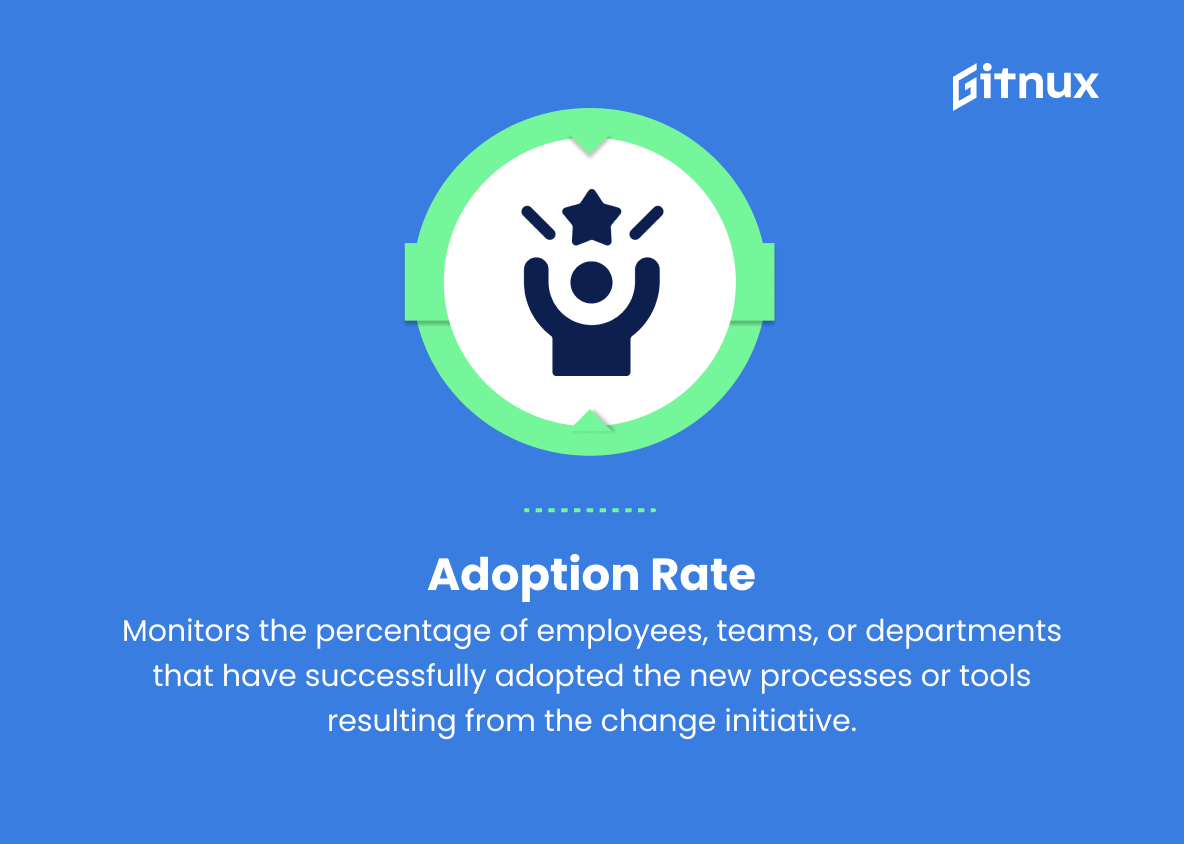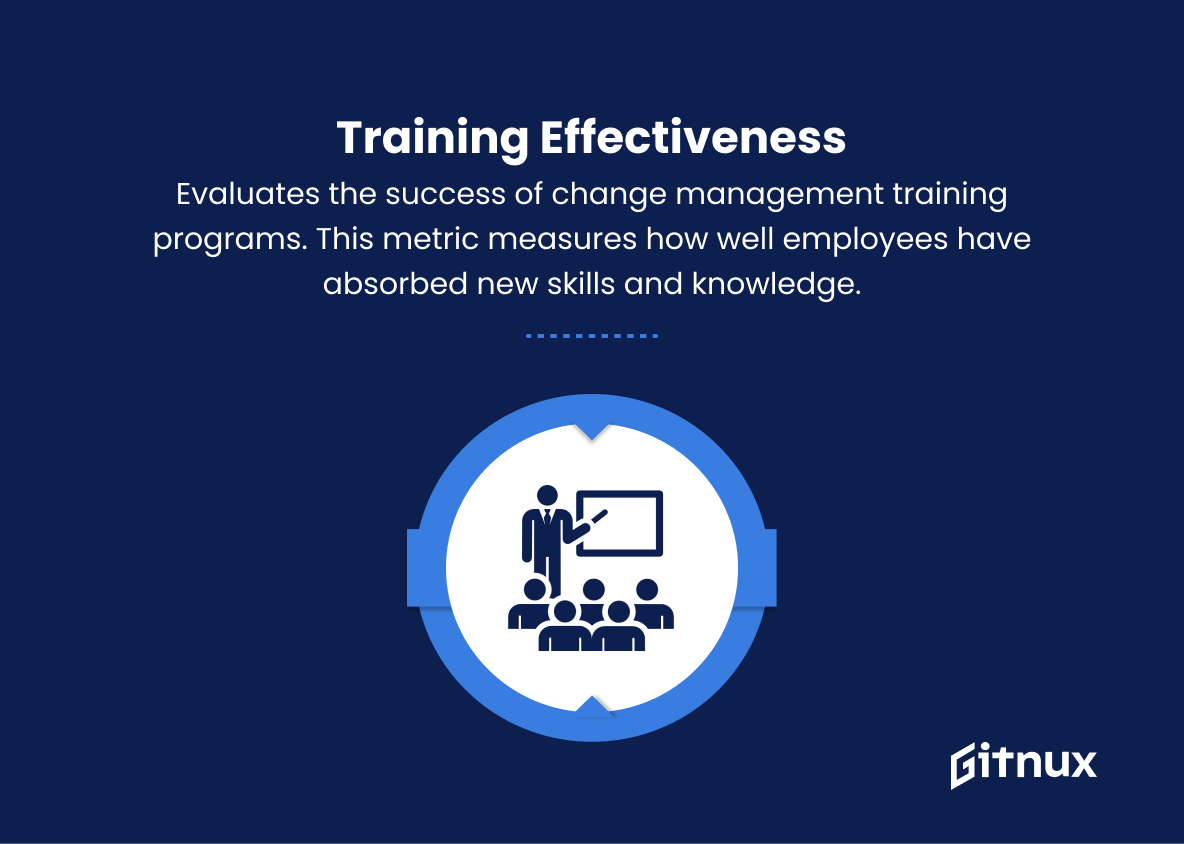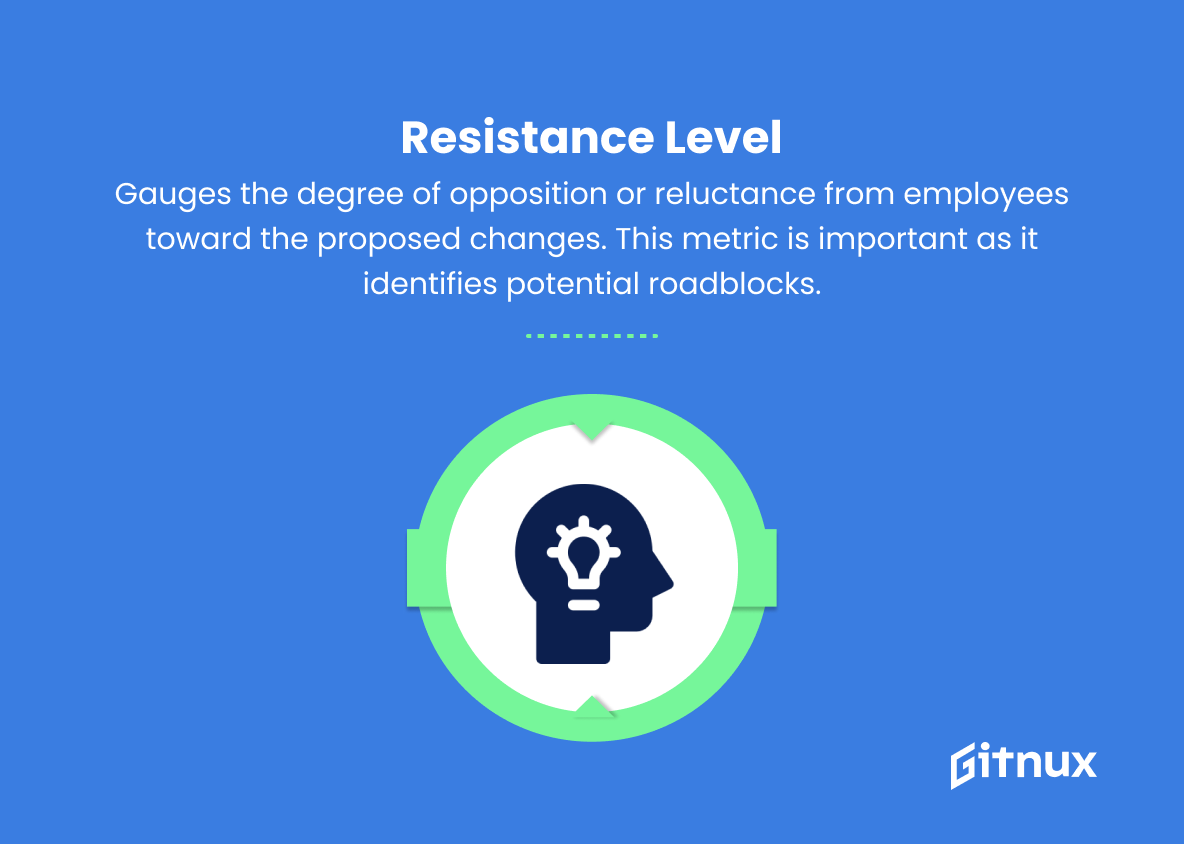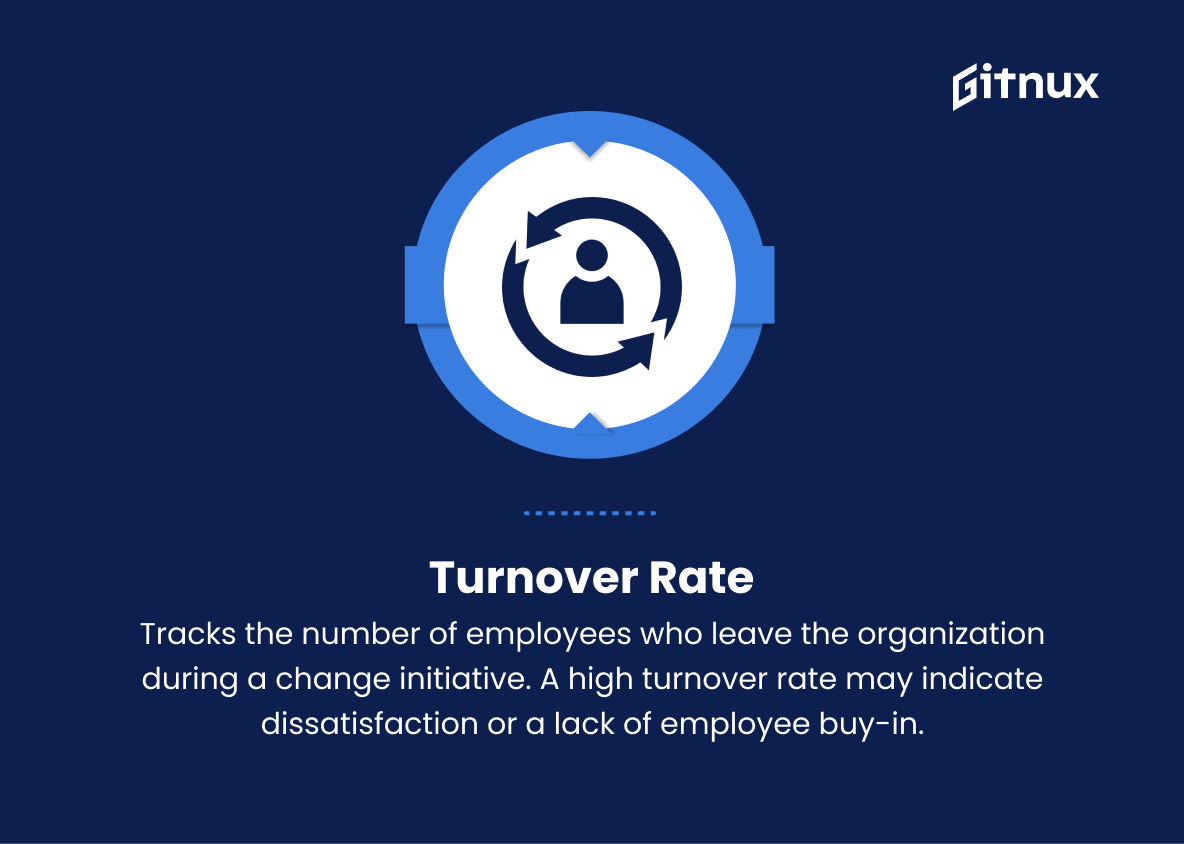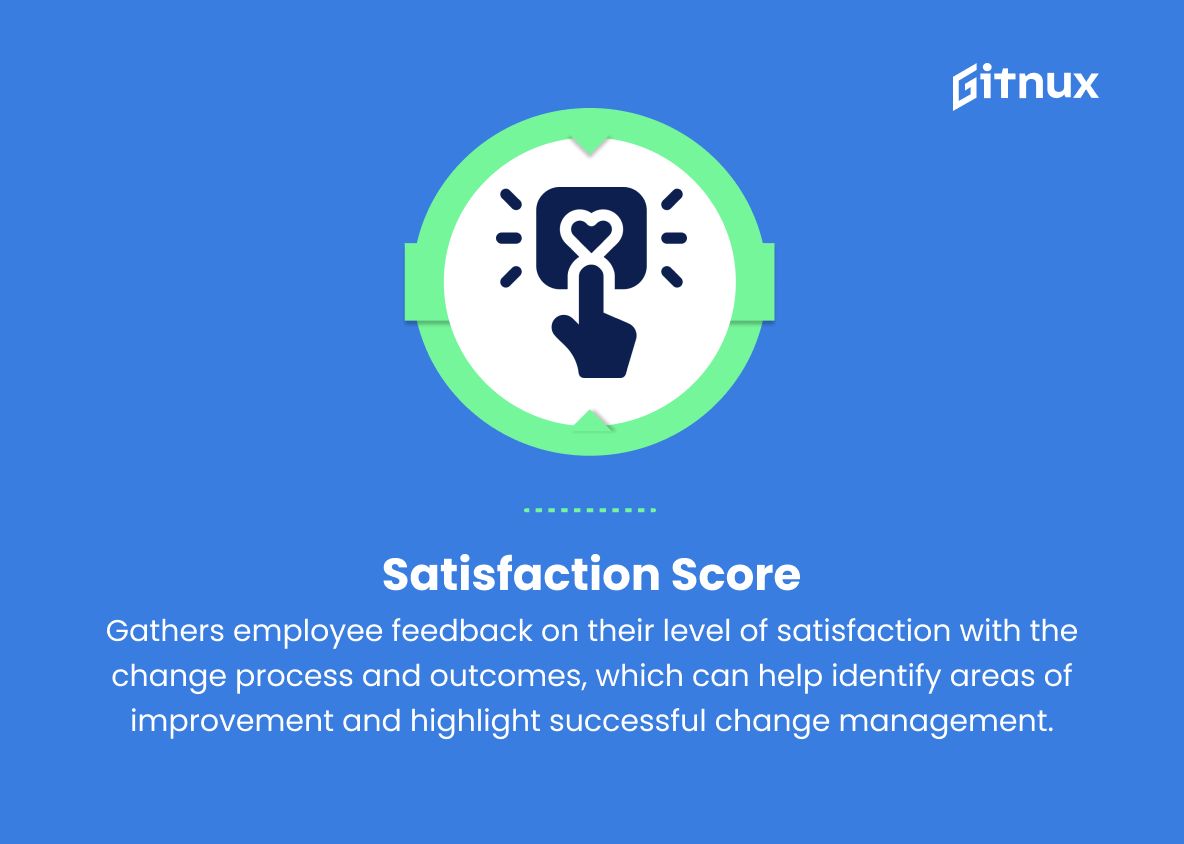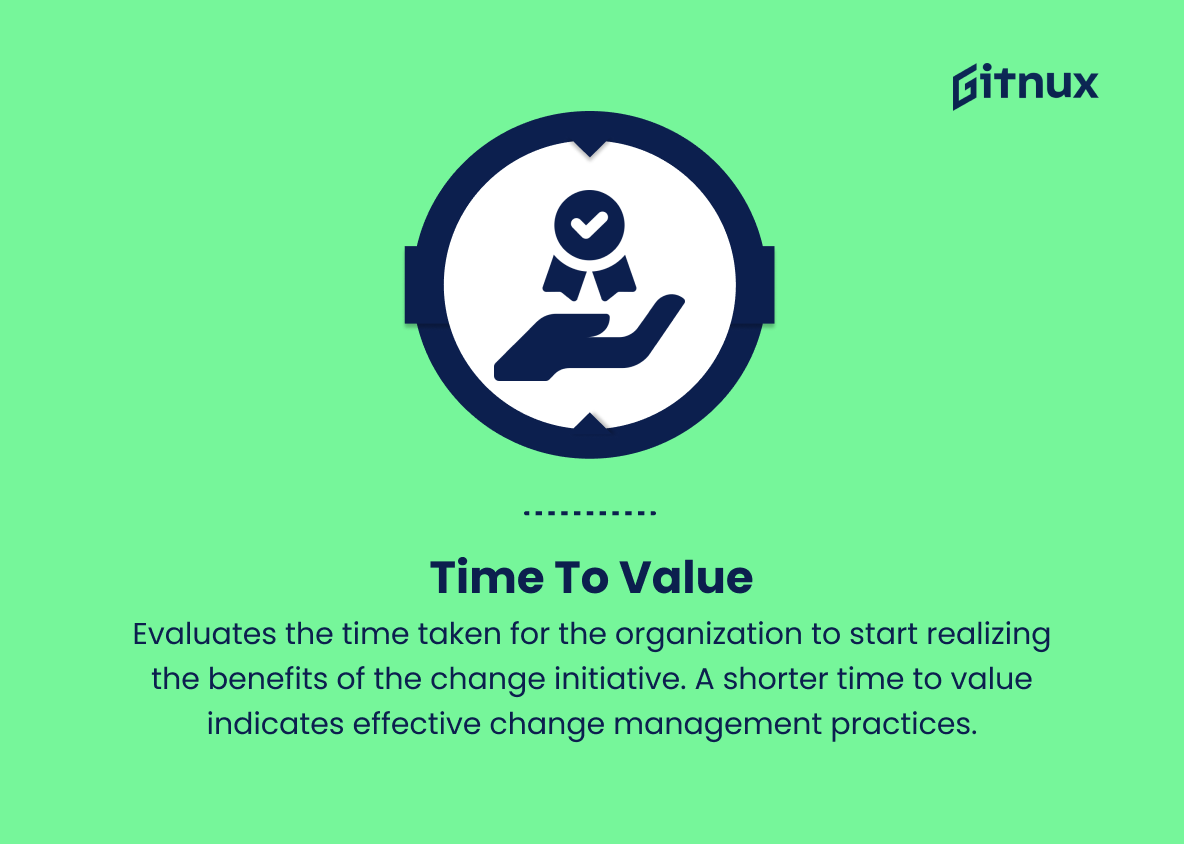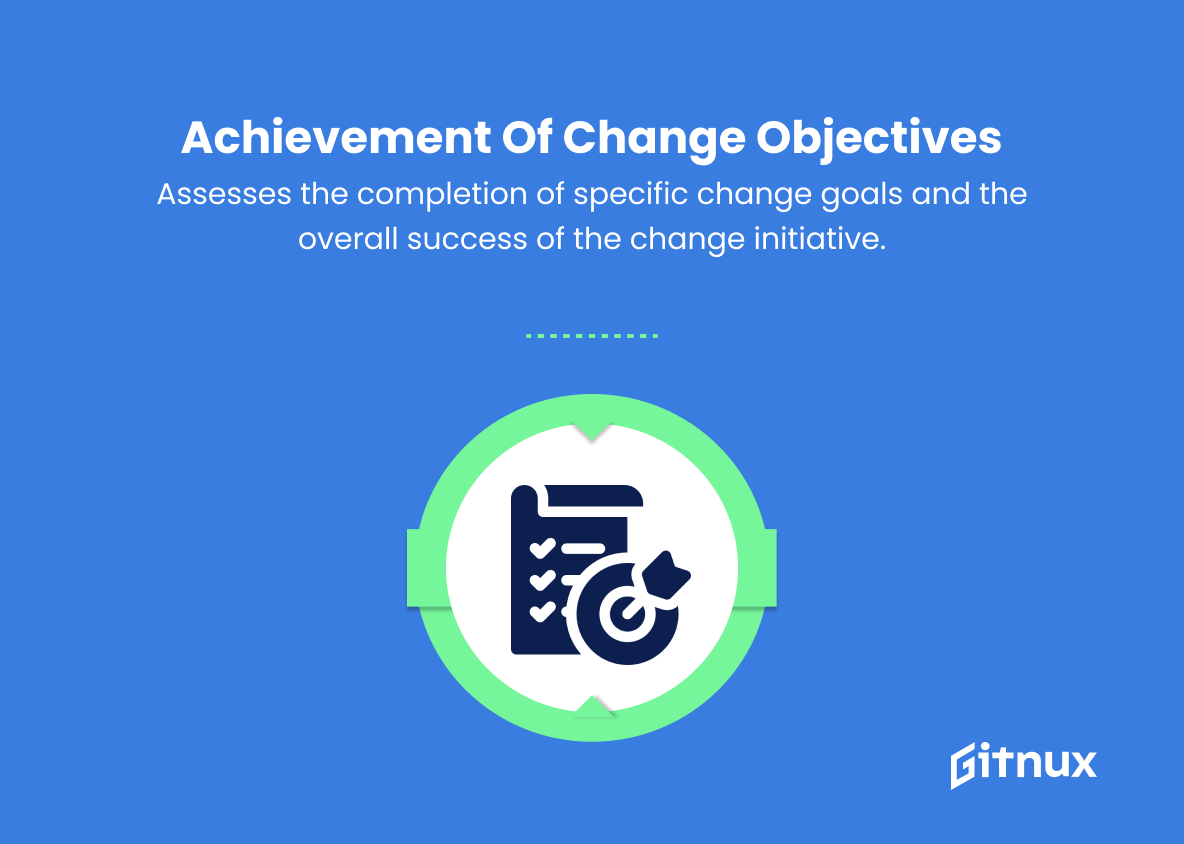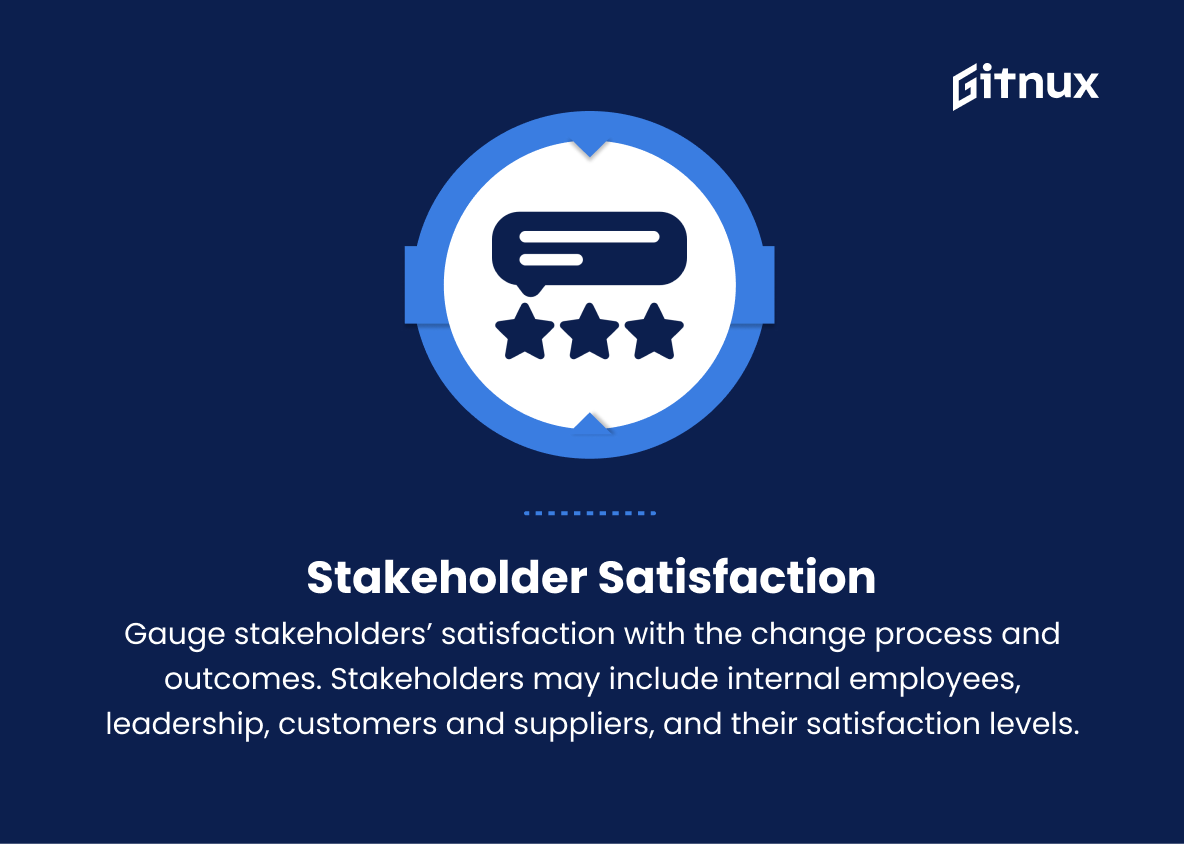In today’s rapidly evolving business landscape, organizational change is inevitable. Whether it is driven by shifting market dynamics, new technological advancements, or internal restructuring, companies must swiftly adapt to remain competitive and thrive. To achieve optimal change, organizations need to have a well-structured change management process in place, supported by a robust framework of performance metrics.
In this comprehensive blog post, we delve into the critical field of Organizational Change Management Metrics, exploring the key principles, methodologies, and tools that drive success. We will examine the importance of measuring change-related outcomes and the most effective metrics for gauging progress, while also offering valuable guidance on overcoming common challenges and best practices to help your organization stay one step ahead. So, join us on this enlightening journey as we embark upon analyzing the essential parameters that facilitate successful change within your organization.
Organizational Change Management Metrics You Should Know
1. Employee engagement
Measures the level of employees’ emotional commitment and involvement in the organization and its goals. This metric indicates how likely employees are to support and adapt to organizational changes.
2. Change readiness
Assesses the overall preparedness of employees to embrace and adopt new practices, processes or technologies introduced as part of organizational change efforts.
3. Adoption rate
Monitors the percentage of employees, teams, or departments that have successfully adopted the new processes or tools resulting from the change initiative.
4. Training effectiveness
Evaluates the success of change management training programs. This metric measures how well employees have absorbed new skills and knowledge, and their ability to apply the learned principles.
5. Communication effectiveness
Examines the quality and impact of communication efforts around organizational change initiatives, such as understanding, questions asked, and feedback received from employees.
6. Resistance level
Gauges the degree of opposition or reluctance from employees toward the proposed changes. This metric is important as it identifies potential roadblocks and people who may need targeted change management interventions.
7. Turnover rate
Tracks the number of employees who leave the organization during a change initiative. A high turnover rate may indicate dissatisfaction or a lack of employee buy-in.
8. Productivity level
Monitors how efficiently employees are working during and after the change process. It helps identify areas where the change initiative may be hindering employee performance and calls for adjustments in the change management strategy.
9. Satisfaction score
Gathers employee feedback on their level of satisfaction with the change process and outcomes, which can help identify areas of improvement and highlight successful change management practices.
10. Cost of change
Quantifies the financial cost of implementing organizational change, including costs associated with training, consultant fees, technology investments, and any lost productivity.
11. Time to value
Evaluates the time taken for the organization to start realizing the benefits of the change initiative. A shorter time to value indicates effective change management practices.
12. Achievement of change objectives
Assesses the completion of specific change goals and the overall success of the change initiative. This metric helps measure whether the change has resulted in the desired outcomes and benefits for the organization.
13. Stakeholder satisfaction
Gauge stakeholders’ satisfaction with the change process and outcomes. Stakeholders may include internal employees, leadership, customers, and suppliers, and their satisfaction levels can help determine overall organizational change success.
Organizational Change Management Metrics Explained
Organizational Change Management Metrics are vital in assessing the effectiveness of change initiatives within an organization. They help evaluate employee engagement, which is essential for understanding the emotional commitment and involvement of employees in supporting and adapting to changes. Change readiness and adoption rates help determine the preparedness and success of employees, teams, and departments in embracing new processes, while training effectiveness and communication effectiveness assess the success of training and communication efforts in facilitating change. Metrics like resistance level, turnover rate, and productivity level highlight potential challenges and areas for improvement during the change process.
Satisfaction scores provide insights into employee and stakeholder satisfaction, while the cost of change and time to value showcase the financial and temporal aspects of implementing organizational change. Ultimately, metrics like achievement of change objectives and stakeholder satisfaction determine the overall success of change initiatives, enabling organizations to continuously improve and adapt their change management strategies for better results.
Conclusion
In conclusion, organizational change management metrics are crucial in measuring the success and effectiveness of change initiatives within a company. By having a clear understanding of these metrics, organizations can better anticipate and deal with potential challenges and hurdles throughout the change process. Adopting relevant metrics as part of one’s change management strategy can significantly improve the likelihood of a seamless transition and help create long-lasting, positive outcomes.
Through continuous monitoring, evaluation, and adaptation, you can ensure your organization is well-equipped for navigating the ever-evolving business landscape and maintaining ongoing success. Don’t underestimate the importance of embracing change – invest in understanding and implementing efficient and effective organizational change management metrics to stay ahead in the competitive world of business.
